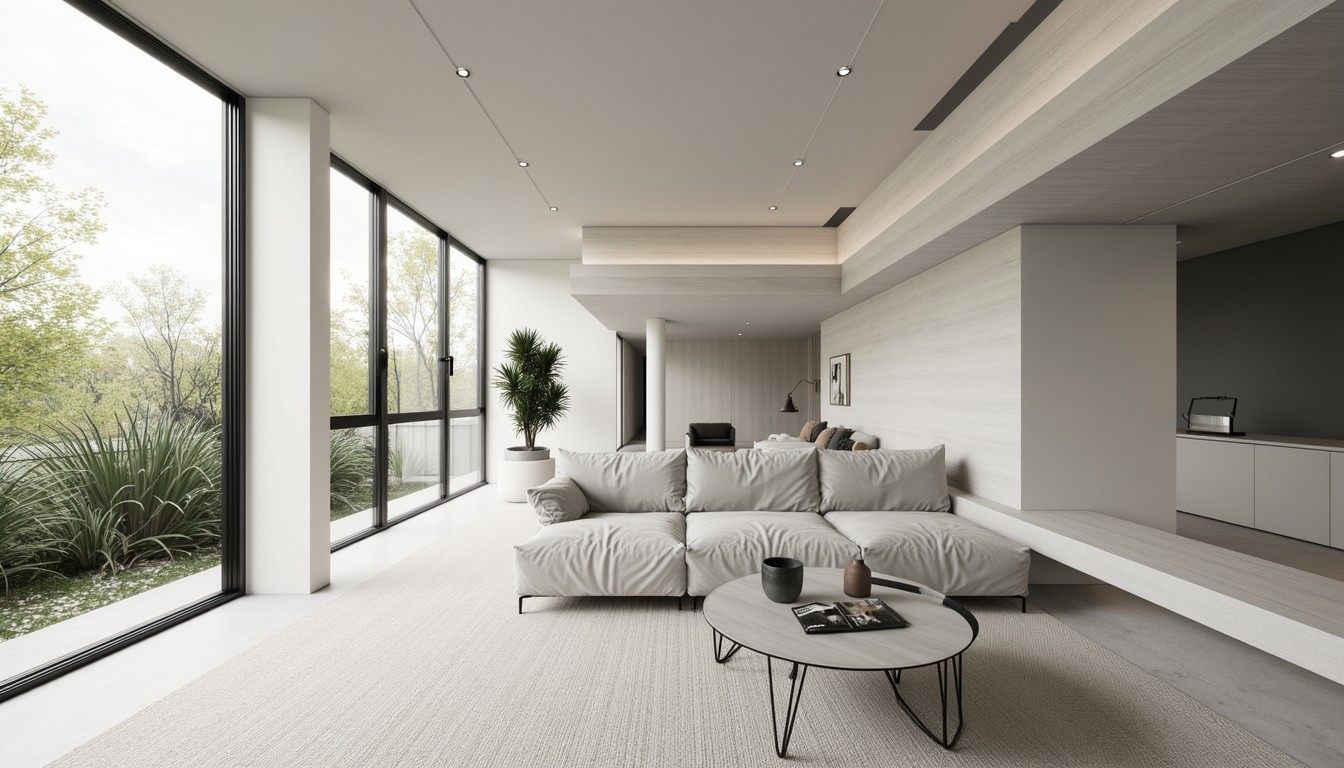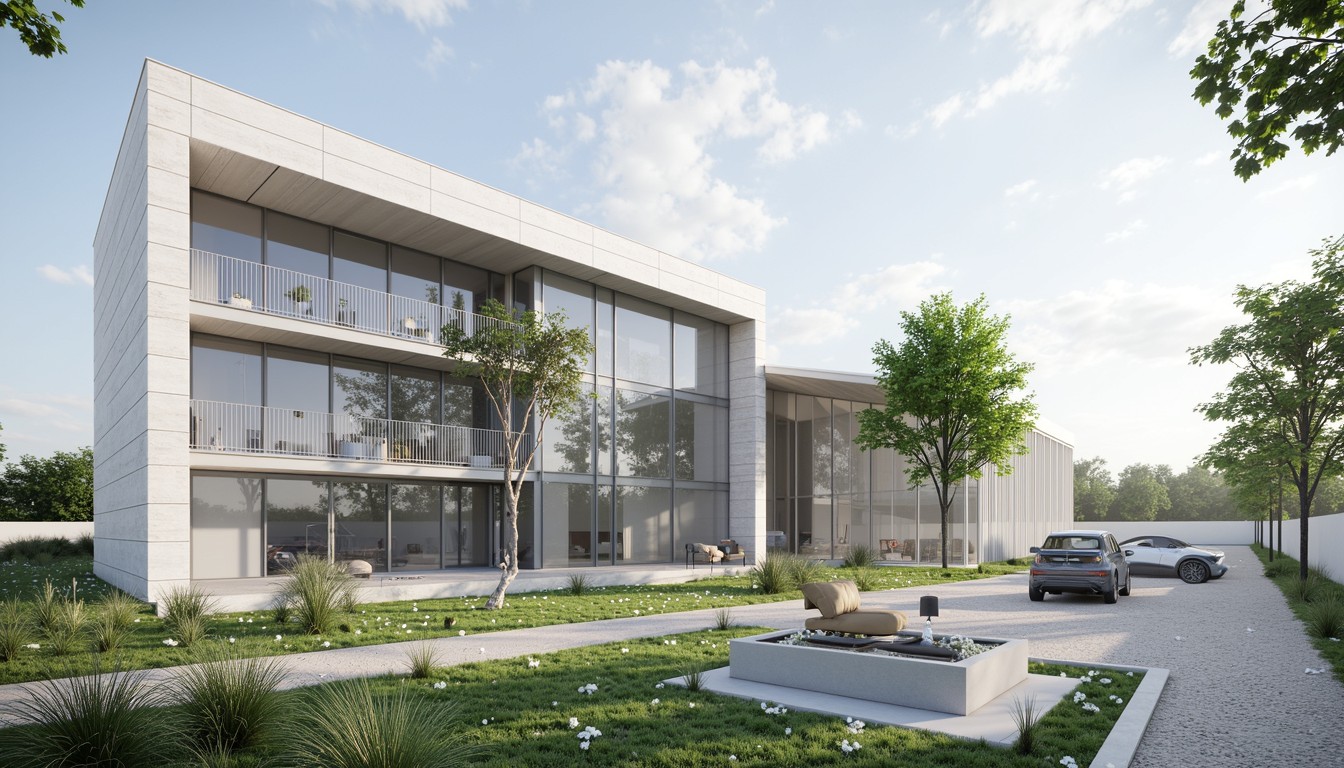VR in Architecture: Designing Tomorrow's Spaces
The architectural landscape is undergoing a dramatic transformation, driven by technological advancements that are reshaping the way we design, visualize, and experience built environments. At the forefront of this revolution is Virtual Reality (VR), offering architects and designers unprecedented opportunities to create, explore, and refine their projects in ways previously unimaginable. ArchNav, a leader in architectural visualization, is harnessing the power of VR to deliver unparalleled design experiences.
Immersive Design Exploration: Beyond Static Renderings

Traditional architectural visualization methods, such as 2D drawings and static 3D renderings, offer a limited perspective on a design. They struggle to convey the true scale, spatial relationships, and overall atmosphere of a building. VR, however, allows architects and clients to step inside a digital representation of the building, experiencing it as if it were already constructed. This immersive experience provides a far deeper understanding of the design's strengths and weaknesses.
Architects can use VR to:
- Navigate complex spaces: Explore the interior and exterior of a building with ease, identifying potential design flaws or opportunities for improvement.
- Experience scale and proportion: Get a true sense of the size and proportions of spaces, ensuring that the design meets the client's needs and expectations.
- Visualize lighting and materials: Experience the impact of different lighting scenarios and materials on the overall ambiance of the space.
- Conduct virtual walkthroughs: Guide clients through the building, showcasing its key features and highlighting the design's unique qualities.
Enhanced Client Collaboration: Bridging the Communication Gap

Effective communication is crucial for successful architectural projects. VR facilitates seamless collaboration between architects, clients, and other stakeholders. By sharing a virtual model, everyone can participate in the design process, providing valuable feedback and contributing to a more informed and collaborative decision-making process.
VR helps to:
- Reduce misunderstandings: Visualizing the design in VR eliminates ambiguity and ensures that everyone is on the same page.
- Facilitate design iterations: Quickly test and refine design options based on client feedback, saving time and resources.
- Improve client engagement: Clients feel more invested in the design process when they can actively participate and experience the space virtually.
- Boost client satisfaction: The immersive experience leads to greater client understanding and satisfaction with the final product.
Optimizing Design Efficiency: Identifying and Solving Problems Early
VR's ability to immerse users in the design allows for early identification and resolution of potential problems. By detecting design flaws and spatial issues virtually, architects can make necessary adjustments before construction begins, saving time, money, and preventing costly rework.
VR streamlines the design process by:
- Identifying spatial conflicts: Early detection of clashes between different elements of the building.
- Improving circulation analysis: Simulating the flow of people and traffic within the building to optimize its functionality.
- Enhancing accessibility assessments: Evaluating the accessibility of the building for people with disabilities.
- Reducing construction errors: Minimizing the risk of errors and rework during the construction phase.
Real-World Applications of VR in Architecture

The applications of VR in architecture are vast and constantly expanding. Here are a few examples:
- Residential design: Creating immersive walkthroughs of homes for potential buyers.
- Commercial design: Designing and visualizing office spaces, retail stores, and other commercial buildings.
- Urban planning: Simulating urban environments to evaluate the impact of new developments.
- Landscape architecture: Creating virtual representations of landscapes and gardens.
- Heritage preservation: Documenting and visualizing historical buildings for preservation efforts.
ArchNav: Your Partner in VR Architectural Visualization
ArchNav is at the forefront of utilizing VR technology to revolutionize architectural design. Our team of experienced architects and visualization specialists employs cutting-edge techniques and software to create immersive and engaging virtual experiences that help our clients visualize and refine their designs. We provide comprehensive VR services, from initial model creation to final walkthroughs, ensuring that our clients receive the highest quality of service and achieve their design goals.
Contact ArchNav today to explore how VR can transform your next architectural project.
